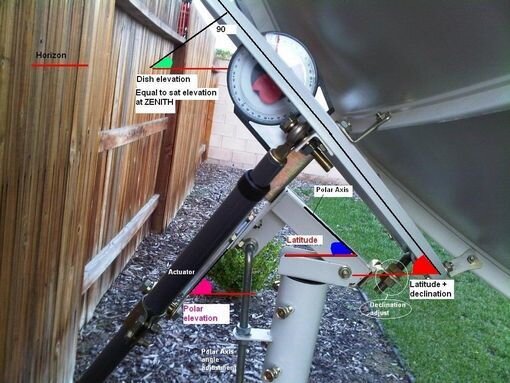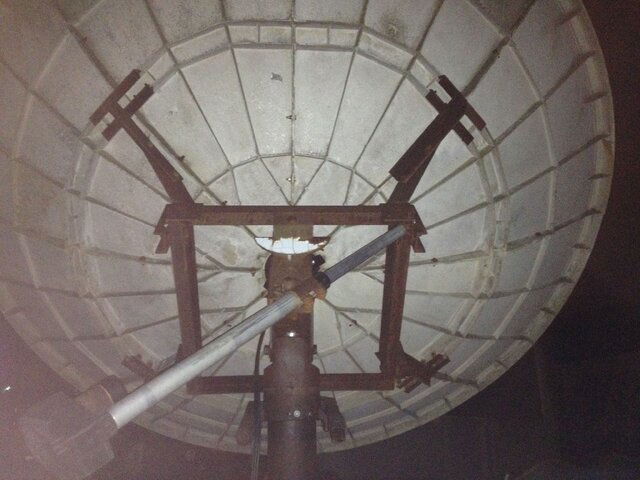It does not look like the Dish is at the Highest Point for South Sat - looks to be pointing a little too far west.
I would drive the Dish to it's highest point, adjust azimuth back to 87west, adjust elevation to peak signal, then check a Sat to the West and East.
I would drive the Dish to it's highest point, adjust azimuth back to 87west, adjust elevation to peak signal, then check a Sat to the West and East.



